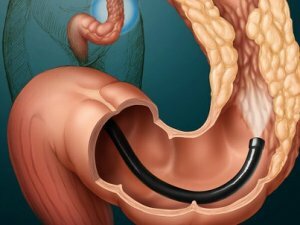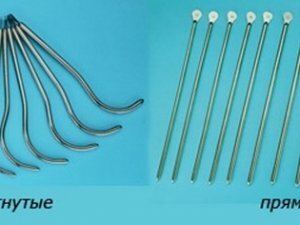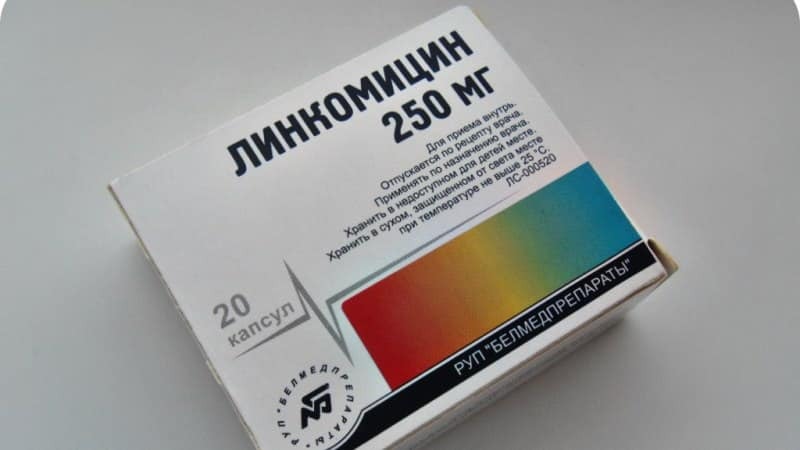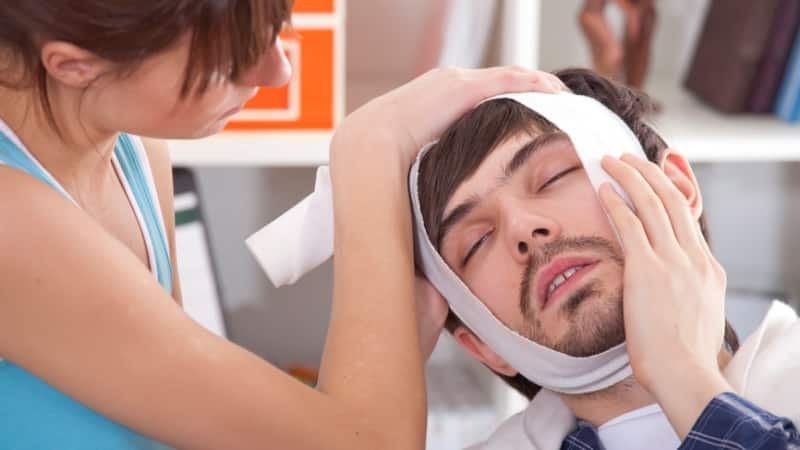Buzhirovanie
 When special instruments for diagnosis or other therapeutic purposes are introduced into the tubular organs, this is called bougie. Often bougies are used in urology, otorhinolaryngology, surgery, etc.
When special instruments for diagnosis or other therapeutic purposes are introduced into the tubular organs, this is called bougie. Often bougies are used in urology, otorhinolaryngology, surgery, etc.
In otorhinolaryngology, bougie is used when it is necessary to expand the auditory tube, the nasal cavity, the larynx and the pharynx. In order to determine the size of the narrowing or obturation of these organs, the method of bougie is also used. In some cases it is necessary to apply bougie of the rectum.
Buzhi and species of bougie
The buoys are of different length, thickness and shape. It depends on what the bougie is assigned for. Usually bougie are made of metal, soft synthetic material and rubber. But in some cases it is necessary to use boules in the form of tubes. For tuberage, tubes and various probes( used in medicine) are often prepared, and sometimes bougie is used together with a tracheotomy tube.
Buzzing of the auditory tube
 It is used when there is a violation of its functions and persistent obstruction, most often with inflammation. In this case, bougaineering is often conducted to determine the diagnosis for detecting the degree of narrowing of the auditory tube.
It is used when there is a violation of its functions and persistent obstruction, most often with inflammation. In this case, bougaineering is often conducted to determine the diagnosis for detecting the degree of narrowing of the auditory tube.
Laryngeal boring
In order to widen the laryngeal cavity, and also to form its lumen, after surgical interventions or traumas deforming the larynx, laryngeal bougie is used. If a patient has a lack of formation of dense and extensive scars, then in such cases, often used bougie. This often happens when the papillomas are removed from a significant surface of the trachea and larynx. In such cases, within seven to ten days the doctor introduces a tubular bougie, which has a corresponding width and is closely adjacent to the walls of the larynx. Within one hour bougie is in the trachea and larynx. The patient, who has been removed from the bougie, always needs to be diagnosed and monitored in order to identify possible tissue reactions that disturb the patient's health. If children have a narrowing of the larynx lumen, doctors use bougie with special metal intubation tubes. Often this method is used if the children have laryngeal edema. In medicine, there is a special intubation set of tubes with a conductor for such operations.
In some cases, laryngeal bougie is produced by the laryngophyssure method. But this method is used only when there are significant violations of the laryngeal cavity, for example, when there is a severe trauma to the larynx or its frame is broken.
Buzhirovanie a cavity of a nose
Use extremely seldom. It is mainly used after a plastic surgery to restore the course of the nose, as well as to restore the khohan and the external nose, after excising scleral scars and closing the crevices of the hard palate. To ensure breathing through the nose, doctors use hollow rubber bougies. Since there may be bedsores, doctors change boogers every 2-3 days, while doing anti-inflammatory treatment. If there was excision of scars and scleral infiltrates, which fixed the soft palate of the pharyngeal wall behind, then doctors apply bougie of the nasopharynx.
Rigid rectum
Buzhirovanie a straight line and a duodenum is spent at narrowing of cicatricial origin, and also at a tumor origin. Buzhirovanie can be the main method of treatment, if there was a chemical burn or peptic esophagitis of the esophagus. In total, there are two types of buzzing of the esophagus: early and later bougie. Early bougie is otherwise called prophylactic bougie, it is used in case of a dangerous chemical burn at the last stage. Later, the bougie is applied with the stricture formed.
There are contraindications to the esophagus for bougienage in cases such as:
- severe esophagitis;
- esophageal fistula;
- complete cicatrization;
- perforation of the esophagus in the anamnesis and diverticula of the esophagus.
Buzhirovanie guts should occur only by professional doctors, as this is a rather complicated process.
There are several techniques for conducting forced esophagus buoyancy. The most correct bougie of esophageal strictures will be when radiopaque bougies pass through a metal string or conductor. Such a procedure is strictly recommended under the radiological control. During the bougie use resorption therapy and anti-inflammatory drugs. Bujirovanie is considered effective, when the expansion of stricture occurs to the maximum size, which will be sufficient for a long period.
Buzzing of the esophagus can be prohibited. Usually this happens when the esophagus has the most dangerous complication. It is called the perforation of the esophagus. It can cause purulent mediastinitis, which can lead to immediate surgical treatment. In such cases, often occurs esophageal bleeding, formed due to tearing of the mucous membrane, as well as exacerbation of esophagitis. Then the doctors stop the bougie and conduct a special anti-inflammatory therapy and a few days use parenteral nutrition.
The most favorable prognosis for buoyancy of the gut, esophagus can be with segmental strictures, which are not complicated by the shortening of the esophagus or hernia of the esophagus of the diaphragm. Buzhirovanie is not an effective method for peptic strictures, which appeared as a result of operations and long stenoses that occurred after burns. Since these complications violate the cardiopulmonary valve function.
Buzhirovanie in urology
Thanks to bugification in urology, it is possible to restore proper urination with stricture of the urethra both inflammatory and traumatic. For women with such a bougie use olive-like bougies, for example, with stenosis of the external hole of the urethra. As for men, there are thread-like bougie who can freely pass through the stricture of the urethra directly into the bladder. At the time when the tool has passed, nylon or metal bougens are rotated by turns in order to increase their diameter.



